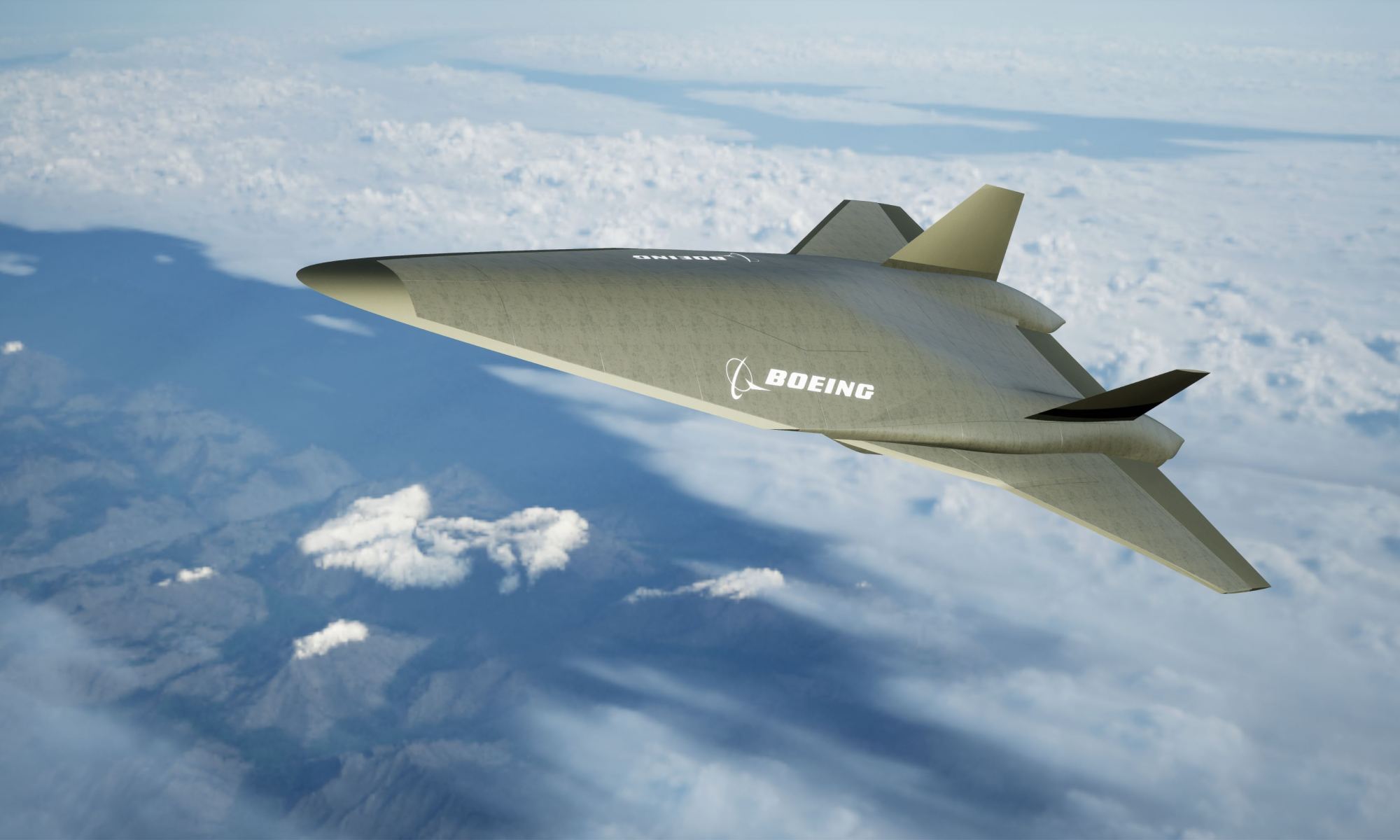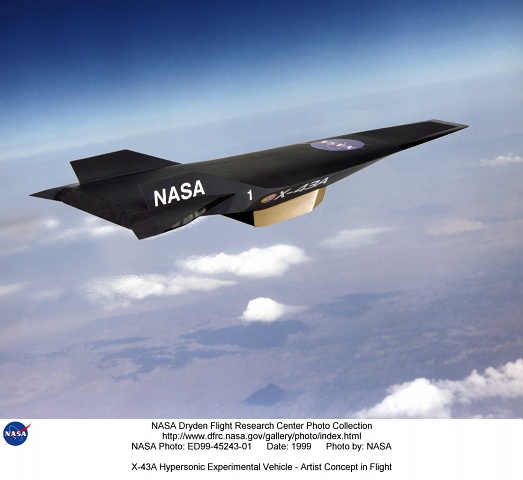If you’re thinking the X-15 still holds the record for the fastest jet in the world, think again. That title is now owned by NASA’s X-43A. The unmanned aircraft hit Mach 9.6 (nearly 10 times the speed of sound) on November 16, 2004 at an altitude of 33,223 meters over the Pacific Ocean.
Of course, if you’re talking about manned flights, the X-15 with its Mach 6.72 speed is still king of the hill.
Both the X-15 and the X-43A are experimental aircrafts, designed to test new technologies and are usually associated with record-breaking feats. The X-15, for example, was specially designed to reach altitudes and speeds never achieved before.
Pilots of these planes were considered astronauts since many X-15 flights exceeded 50-mile altitudes. Many of them practically reached what is known as the Karman line a.k.a. the ‘edge of space’. That’s about 100 km above sea level.
If you’re looking for an aircraft that’s actually been put to use outside gathering experimental data, then the record holder is the SR-71 “Blackbird”. The Blackbird used to cruise at Mach 3.2 and was used primarily for reconnaissance missions.
Anyway, back to the fastest jet in the world – whether manned or unmanned.
As mentioned earlier, the X-43A, like its reputable predecessor, the X-15, is an experimental aircraft. Specifically, the the X-43 was part of the NASA Hyper-X program, a 7-yr program that cost around $230M and was launched to explore other options for space access vehicles.
At the heart of the X-43 is the scramjet or Supersonic Combustion Ramjet. You can think of it as an upgraded version of the ramjet – the kind of engine used by the SR-71. The Supersonic Combustion Ramjet basically takes in oxygen, which is needed for combustion, directly from the atmosphere. In order to create thrust, rockets mix liquid oxygen with liquid fuel.
In the usual jet plane setup, a tank of liquid oxygen has to be carried as additional load. Take that tank away, and you get a smaller, lighter plane. The added benefits are so enormous that engineers who embarked on scramjet research predicted speeds that could go up to 15 times the speed of sound.
Although the current record held by the scramjet-powered X-43A only achieved a fraction of that, Mach 9.6 is still way above what other planes have achieved.
To give you an idea how fast the fastest jet in the world is, compared to others, imagine this: there are more than 30 jets that are faster than the speed of sound and yet almost all of them have top speeds either way below or only near Mach 3. Mach 9.6 is definitely way way faster than that.
We have some articles in Universe Today that are related to this one. Here are two of them:
Related articles brought to you by NASA, here are the links:
Tired eyes? Let your ears help you learn for a change. Here are some episodes from Astronomy Cast that just might suit your taste:
Source: NASA


